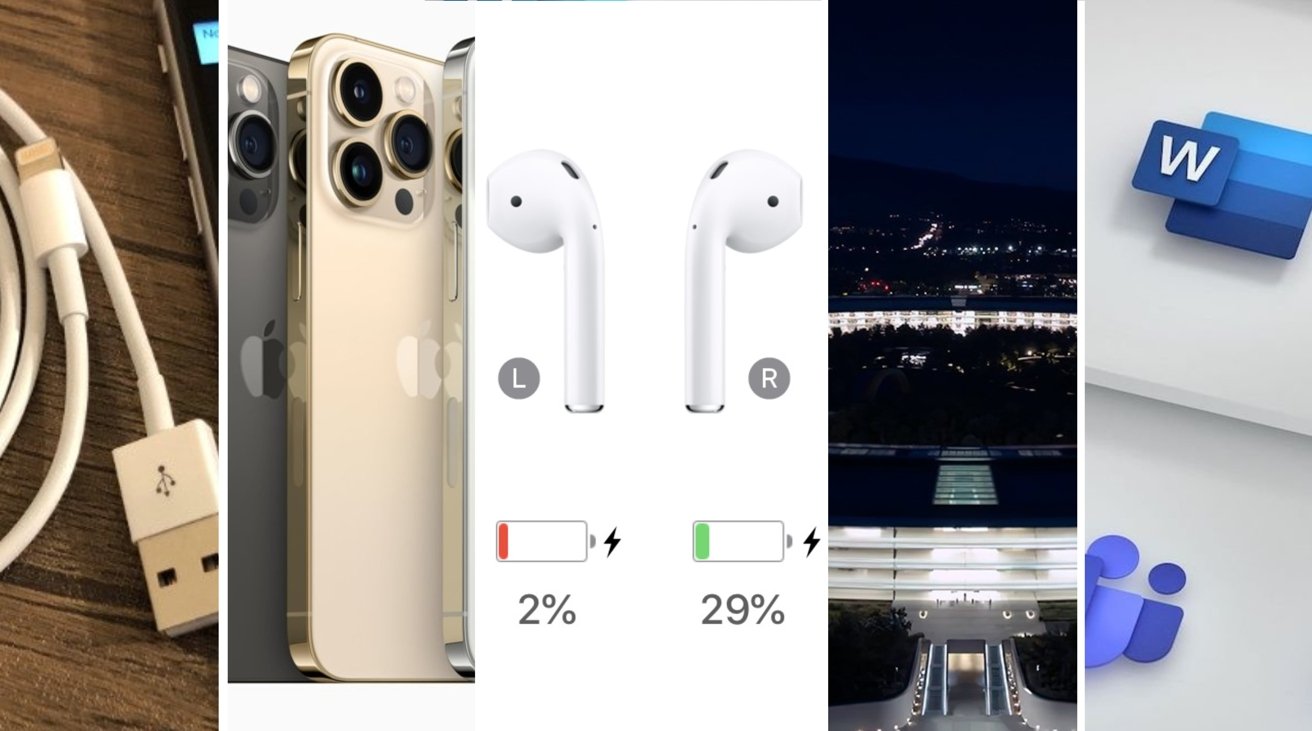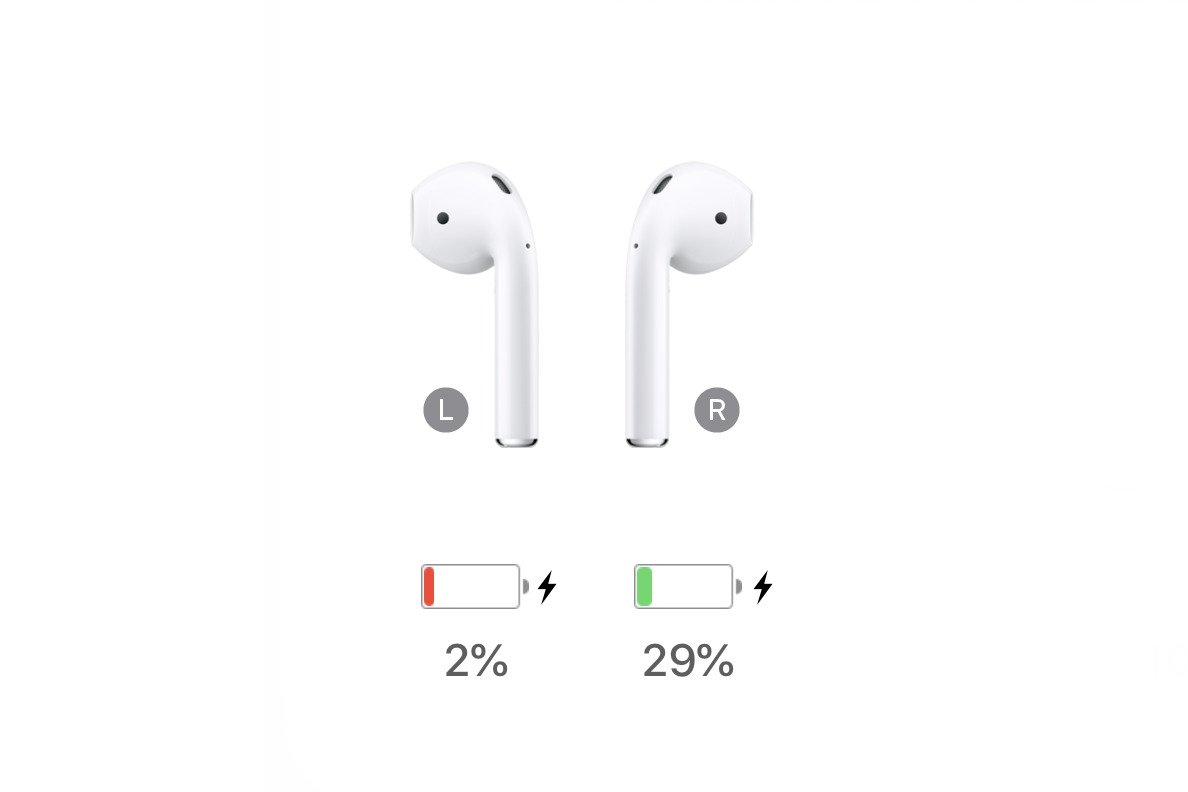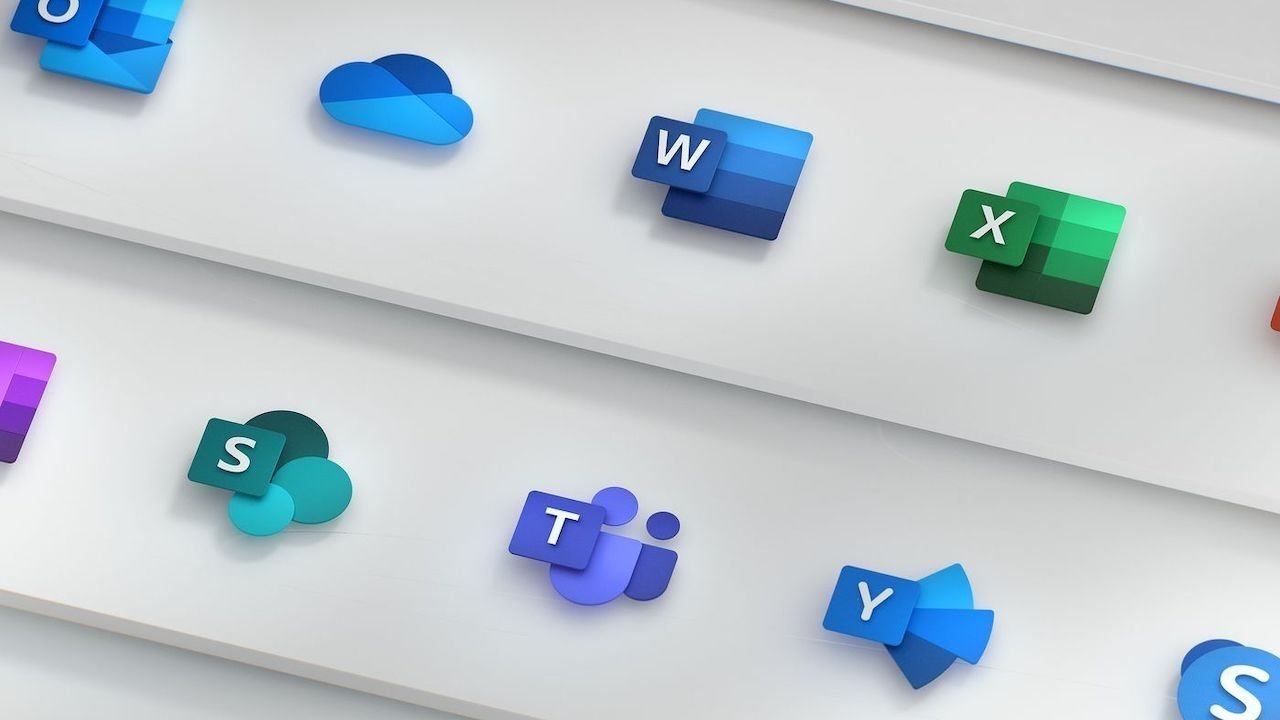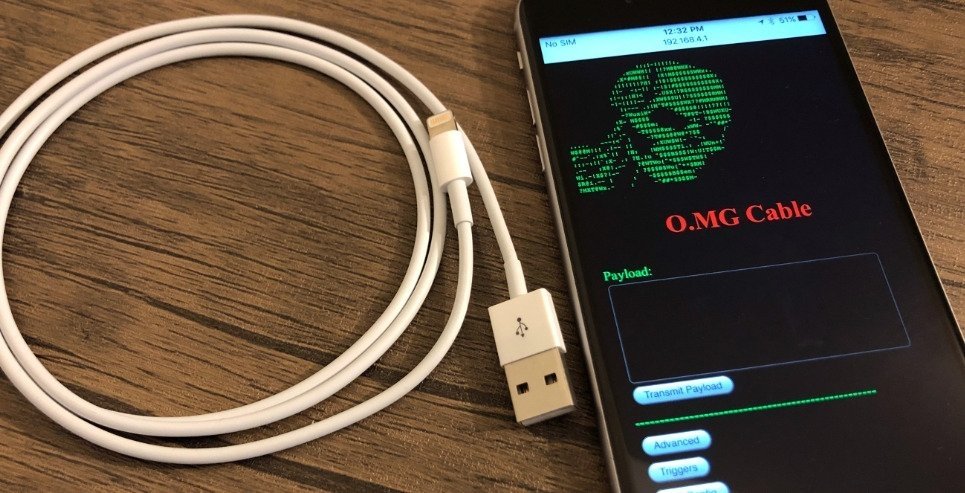Top 5 stories AppleInsider readers loved in 2021
AppleInsider publishes thousands and thousands of articles each year, and 2021 was no exception. Of all of the news stories and other posts, here are the five most-read items from the last 12 months.
Apple employees threaten to quit as company takes hard line stance on remote work (July 2021)
It's expected that the biggest news story in the world can influence lists such as these, and it's certainly the case for this year. The most-read story on AppleInsider for the entirety of 2021 revolved around remote work and Apple's attempt to get employees back into its offices around the world.
In the top story of the year, Apple employees were threatening to quit the company over what were considered to be overly strict rules concerning remote work.
Apple announced in June that it was going to instigate a hybrid work schedule in September, with employees returning to the office for three days a week. Quickly after the announcement, members of a remote work Slack channel wanted more flexibility, citing benefits in diversity and inclusion, a better work-life balance, and other things.
Apple flatly denied the request, with SVP of retail and people Deirdre O'Brien saying, "in-person collaboration is essential to our culture and our future."
Cue the top story and the threats to quit.
Following the July 15 report, employees wrote a second letter asking for work-from-home options, signed by hundreds of employees and posted to the 6,000-member Slack channel. Apple responded by postponing the return to work until October.
The organization effort led to Apple trying to crack down on non-work Slack channels, with threats to enforce a rule that limits channels to specific project work.
The whole argument over an imminent return to offices became moot in subsequent months with the rise of the Delta variant, with Apple postponing the return to offices until January 2022, then later February 2022.
Apple also slightly softened its stance on remote work, with plans to allow remote work for up to one month per year instead of the two weeks it announced early in 2021.
Compared: iPhone 13 Pro and iPhone 13 Pro Max vs iPhone 12 Pro and iPhone 12 Pro Max (September 2021)
After Apple reveals an update of one of its products during a special event, it's natural for everyone to clamor for information about the new hardware and how it compares to what it's replacing. This is especially true for the iPhone, a device carried around and used every day by its owners.
Apple announced new iPhone models at its September "California Streaming" special event, including the iPhone 13 and iPhone 13 mini alongside the iPhone 13 Pro and iPhone 13 Pro Max. Not long after their unveiling, and ahead of Apple opening up preorders, AppleInsider did a specifications comparison of the new Pro models against their predecessors, the iPhone 12 Pro and iPhone 12 Pro Max.
In short, the basic specifications were the same between the two generations, though you benefited from battery life extensions, a better A-series chip, and considerable camera improvements. Sure, there were some minor tech updates to the cameras themselves, but the upgrades for Photographic Styles, a better optical zoom range, Cinematic Mode, and ProRes video support meant the iPhone 13 Pro models were great for photographers and videographers.
It's pretty obvious why this ended up high in the chart. Everyone wanted to know if it was worth the expense and hassle of upgrading before they had to commit to it later in the month.
Here's why your AirPods battery life is getting worse, and what you can do about it (March 2019)
It seems a little odd that we should be talking about an article from 2019 in a list of most-read articles in 2021, but in this instance, it does make sense.
The article, first published in March 2019, explains what could be considered a long-term problem with portable devices, namely battery degradation. Specifically, the report focuses on the subject concerning AirPods, and how owners of the original releases could be seeing lower battery usage for their personal audio accessories a few years after purchase.
AppleInsider tests at the time found that 2016 AirPods could last for just two hours after a few years of usage, far from the five-hour battery life you'd enjoy from the first usage. Those users could take their AirPods to an Apple Store to service each earbud at a cost, but at a price where an upgrade to newer models may be in order.
Why has this bubbled back up in 2021? It's probably because it's the type of issue that many wireless earbud owners will encounter, and not just for AirPods. Batteries will wear over time and provide less charge, and that will be a perennial issue for all sorts of device owners.
In 2021, battery stories continued to be written. In August, a warning was issued to users that they didn't have to switch their iPhone region to France to get better post-batterygate performance, but that they could instead change an item in Settings.
There were also concerns about leaving a MacBook Pro plugged in all the time, and a lawsuit against an "unsafe defect" relating to swollen batteries and the Apple Watch.
As for AirPods with worn batteries, AppleInsider reviewed Podswap favorably, a service that lets you trade in AirPods for a refurbished pair packing new batteries.
One-time purchase Microsoft Office 2021 coming to Mac on Oct. 5 (October 2021)
Throughout a second year of remote working, online tools continued to be a big deal for consumers and businesses alike. As large numbers of people have gotten used to the idea of working from home, developments in the software being used became important.
In the world of work, there's probably no more prominent name in productivity tools than Microsoft Office. Therefore, any announcements relating to that suite is a big deal, even if they're not seismic shifts.
In October, Microsoft said it was releasing updates for Microsoft 365 and Office 2021 on October 5. The changes were straightforward, with a big focus on collaboration and online tools, but the standalone option was of interest.
A release of the Office 2021 suite was made available for a one-time purchase instead of requiring a subscription for Microsoft 365. Instead of paying $69.99 per year or $6.99 a month, you could get Office 2021 for $149.99 for Home or Student variants, $249 for the Home and Business version.
Importantly, the one-time-purchase version offered almost complete feature parity with the subscription-based version, with Microsoft "incorporating many of the collaboration features" into the release.
It became a highly desirable release to those who don't care for software subscriptions.
New malicious Lightning cable can steal user data from a mile away (September 2021)
Stories about hacking iPhones and other Apple hardware typically tend towards software-based hacks, such as the Pegasus scandal. Hardware-based hacks are rare due to a relative lack of scalability, but they do sometimes crop up.
A cable that looks like a standard Lightning to USB cable originally introduced in 2019 was updated for 2021. The OMG Cable by security researcher MG hid some extra hardware within the cable itself, enabling it to perform some underhanded activities.
This included potentially acting as a keylogger when connected to a Mac and a Magic Keyboard, for example, though a built-in geofencing capability also allows the cable to change its attack depending on the victim's physical location. It was also possible for the cable to send data to an attacker wirelessly, as it created its own Wi-Fi hotspot.
For 2021, the cables offered a Lightning to USB-C option, which was included because the security researcher heard others say there wasn't enough space to add implants to such cables, so they had to "prove that wrong." The cables also saw improvements to the hotspot, enabling it to be triggered or accessed from up to a mile away.
MG also worked with cybersecurity vendor Hak5 to mass-produce the cables intended for the cybersecurity market rather than malicious usage. They start from $120 for a single Lightning-to-USB cable.
It is implausible that the average user will face an attack on their hardware via these cables, as the knowledge and the need for physical access limits its utility. It's more probable that high-profile individuals would be the target of this sort of attack vector, people who will already have to deal with a heightened level of security.
It also hints at what could be accomplished with covert electronics in what seems to be consumer-grade hardware. You may not look at a simple cable the same way ever again.
 Malcolm Owen
Malcolm Owen

















 William Gallagher and Mike Wuerthele
William Gallagher and Mike Wuerthele
 Christine McKee
Christine McKee
 William Gallagher
William Gallagher

 Marko Zivkovic
Marko Zivkovic









